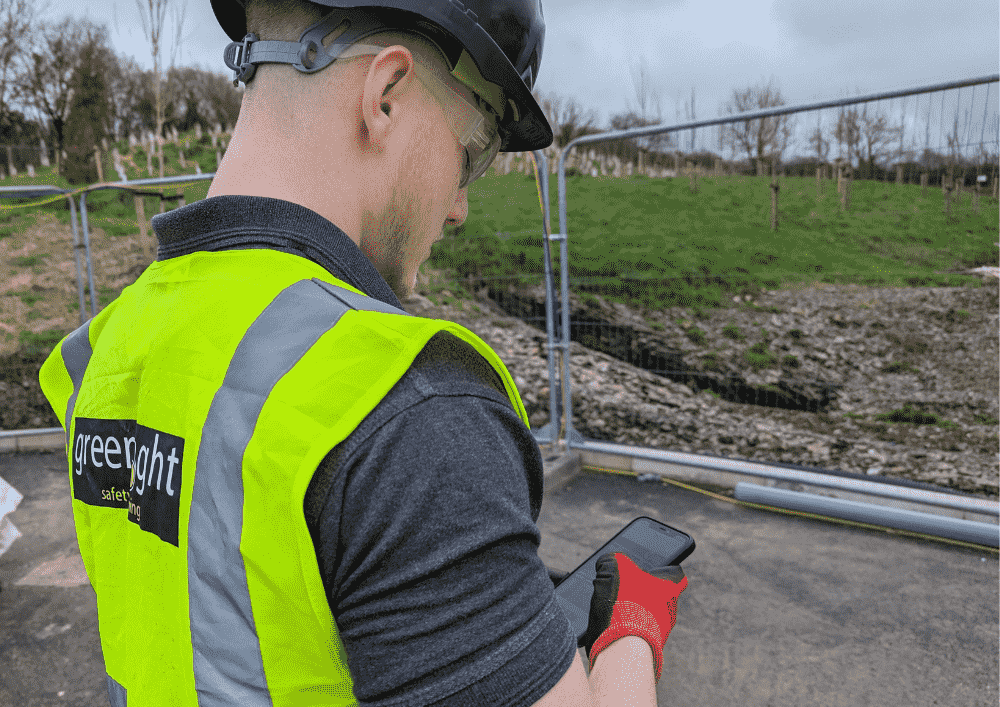In today’s world, quick and effective communication during disasters is critical. Whether natural calamities like earthquakes and hurricanes or man-made emergencies, the ability to share information promptly can save lives and reduce damage. This article explores the importance of Emergency communication tools and how they enhance disaster response efforts. We will discuss various types of tools, their applications, and best practices to ensure communities stay safe and connected.
Understanding Emergency Communication Tools
Emergency communication tools refer to the technologies, systems, and platforms designed specifically to facilitate communication during disasters. Their primary goal is to ensure that affected individuals, first responders, and organizations can exchange timely and accurate information.
Why Are Emergency Communication Tools Essential?
Disasters often disrupt traditional communication networks. Telephone lines may go down, mobile signals can be overloaded, and infrastructure may be damaged. Without reliable emergency communication tools, coordinating rescue efforts and disseminating crucial information becomes difficult. These tools help bridge that gap, allowing:
- Rapid dissemination of alerts and warnings
- Coordination among emergency services
- Communication between affected individuals and responders
- Sharing of real-time updates to aid decision-making
Types of Emergency Communication Tools
Emergency communication tools come in various forms. Understanding their differences helps organizations and communities select the right solutions for their needs.
1. Alert Systems and Warning Platforms
These systems send immediate alerts to the public through SMS, emails, or mobile apps. They are vital for early warning of impending disasters such as tsunamis, floods, or severe storms.
2. Two-Way Radios and Satellite Phones
In areas where cell coverage is unreliable, two-way radios and satellite phones provide dependable communication channels for first responders and emergency teams.
3. Mobile Apps and Social Media Platforms
Apps designed for emergency communication allow users to report incidents, request help, or receive updates. Social media channels also play a growing role in spreading information rapidly during crises.
4. Emergency Notification Software
These software platforms enable organizations to send mass notifications to employees, volunteers, or residents, ensuring coordinated response efforts.
Key Features to Look for in Emergency Communication Tools
Choosing the right emergency communication tools is critical for effective disaster response. Here are some essential features to consider:
Reliability and Resilience
Tools must work under extreme conditions and be resistant to power outages or network failures.
Multi-Channel Communication
The ability to reach people via SMS, email, voice calls, and app notifications ensures messages are received even if one channel fails.
Real-Time Updates and Two-Way Communication
Tools that support instant feedback allow responders to understand ground realities and adjust strategies accordingly.
Scalability and Ease of Use
During disasters, user-friendly platforms that can quickly scale to cover large populations are invaluable.
How Emergency Communication Tools Enhance Quick Disaster Response
The timely use of emergency communication tools directly impacts the effectiveness of disaster response. Here’s how they contribute:
Faster Alert and Warning Dissemination
Early warnings can save lives by giving people enough time to evacuate or take protective measures. Emergency communication tools ensure these messages reach the right people instantly.
Improved Coordination Among Responders
First responders rely on seamless communication to coordinate rescue operations. Tools like two-way radios and centralized communication platforms enable better collaboration and resource allocation.
Enhanced Public Safety and Awareness
By providing continuous updates, emergency communication tools keep communities informed about ongoing threats and safety instructions.
Data Collection and Situation Analysis
Real-time feedback from affected individuals helps emergency managers assess the situation and prioritize aid efficiently.
Best Practices for Implementing Emergency Communication Tools
To maximize the benefits of emergency communication tools, organizations and communities should adopt these best practices:
Conduct Regular Training and Drills
Ensuring that responders and the public know how to use communication tools effectively is essential for smooth operation during crises.
Integrate Multiple Communication Channels
Combining various tools and platforms creates a robust communication network that can withstand disruptions.
Maintain Updated Contact Lists
Accurate and up-to-date contact information increases the chances that emergency messages reach their recipients.
Test Systems Frequently
Routine testing helps identify and fix potential issues before disasters strike.
Customize Messages for Different Audiences
Tailored communication ensures that people receive relevant and actionable information.
Challenges and Future Trends in Emergency Communication Tools
While emergency communication tools have come a long way, challenges remain. Connectivity issues, data privacy concerns, and user accessibility can hinder effectiveness. However, ongoing innovations such as AI-driven alert systems, drone-based communication relays, and IoT integration promise to enhance disaster response capabilities further.
Conclusion
Emergency communication tools play a vital role in ensuring quick disaster response and safeguarding lives. By facilitating rapid, reliable, and clear communication among affected individuals, first responders, and organizations, these tools help minimize the impact of emergencies. Investing in robust, scalable, and user-friendly communication solutions, combined with proper training and preparedness, is essential for building resilient communities. At Safety-Chat, we recognize the importance of these tools and encourage everyone to stay informed and prepared using the best available emergency communication tools.



